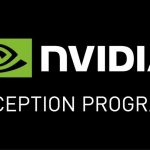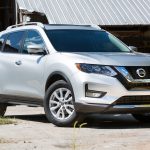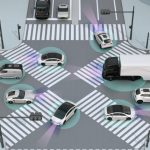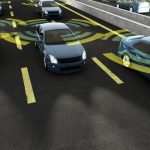What are the levels of vehicle automation?
What are the levels of vehicle automation?
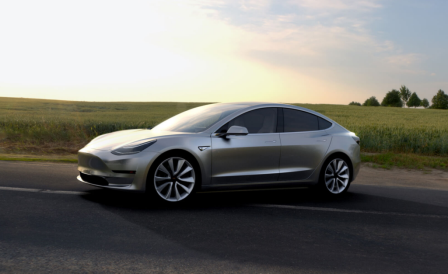
Most automakers agree that your car is sooner or later going to take more control of primary functions over time. But how autonomous are the cars we know today, compared to the fully automated driverless cars we expect?
The National Highway Traffic Safety Administration (NHTSA) has classified vehicle automation into five different levels, ranking from no autonomy to complete autonomy.
See also: Tesla’s self-driving AI will “blow minds,” says Musk
By 2020, Google says its prototype can potentially be fully autonomous. Their competitor, Tesla, announced the same and Tesla’s autopilot is already a NHTSA level 2 automation.
Volvo’s senior technical leader of crash avoidance, Trent Victor says that “level 3 autonomy is an unsafe solution” because it will be unrealistic for the driver to take over the control on a moment’s notice, when the driver is already caught up with reading e-mails and news on the smart phone.
But yet. Volvo claims its driverless car which will be tested in 2017 is a level 4 automated car.
What are the levels?
Here is what you need to know about the five levels:
Level 0: No Automation
Level 0 is what we already are used to, the driver is in full control of the vehicle and there is no automation.
Level 1: Function-Specific Automation
This level involves only function specific automation. The driver is responsible for safe driving but can choose to limit authority to automated functions. An example is cruise control, crash avoidance technology or automatic breaking. If several automated functions are provided they operate independently.
Level 2: Combined Function Automation
Compared to Level 1, Level 2 provides automation of at least two control functions. In certain situations, the driver can decide to limit primary control but will still need to be responsible for safe monitoring and take full control in short notice.
Level 3: Limited Self-Driving Automation
At this level of automation, the driver can give up full control of functions that are safety-critical in certain traffic or environmental conditions. The driver has to be available to take control, but is not expected to constantly monitor the driveway. The self-driving car is constructed to operate independently until the driver can take over.
Level 4: Full Automation
The driverless car is in full control of all operations and is responsible for safe driving the whole trip. The driver does not need to be available to take over control.
While these are the levels of autonomy defined by NHTSA, other corporations such as SAE International does also strive to find a common terminology for automated driving, where their ranking goes from Level 0 to Level 5.
The post What are the levels of vehicle automation? appeared first on ReadWrite.
(65)

